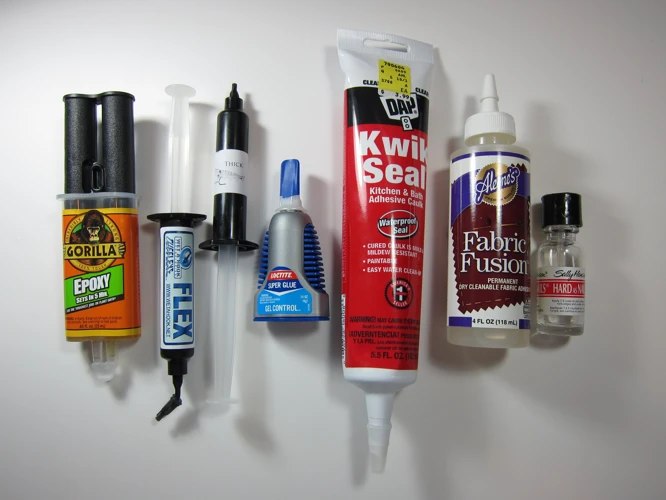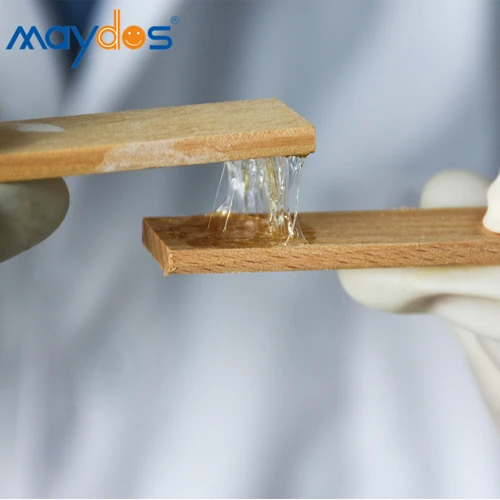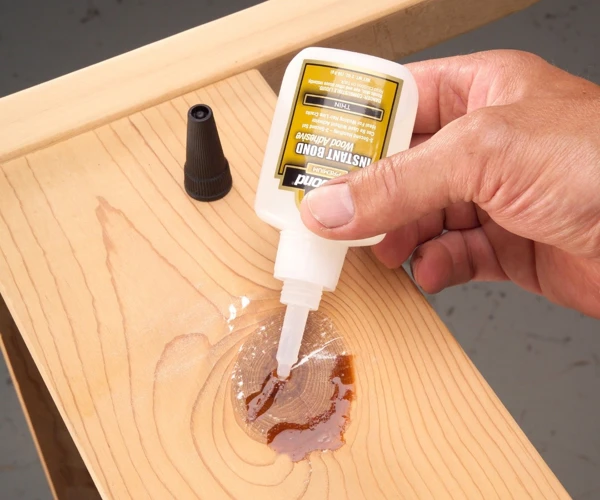Understanding Pot Metal
Commonly found in inexpensive jewelry, decorations, and automotive parts, pot metal is an alloy that typically includes a blend of aluminum, zinc, and copper. It’s known for its low melting point and ease of casting into intricate shapes. However, due to its composition, pot metal can be prone to breakage and damage over time.
Why Gluing is a Preferred Method for Repair
When it comes to repairing this delicate material, welding or soldering often isn’t viable due to the high heat potentially causing more harm. That’s where gluing comes into play. It offers a low-temperature, effective solution that restores the integrity of the metal without additional damage.
Choosing the Best Glue for Pot Metal
Types of Glue Suitable for Pot Metal
Not all adhesives are equal, especially when dealing with the unique properties of pot metal. Epoxy resins, cyanoacrylates, and polyurethanes are among the types of glue that can create strong bonds with this alloy.
Top Recommended Glues for Pot Metal
The market offers several options, but the best glue for pot metal is often a specialized product. These glues are engineered to adhere to metal surfaces, providing a durable and lasting bond.
Factors to Consider When Selecting Glue
- Bond strength
- Drying time
- Resistance to temperature and moisture
- Ease of application
Step-by-Step Guide to Gluing Pot Metal
Preparing the Surface
Surface preparation is critical for a successful bond. Start by cleaning the metal with a gentle solvent to remove any oils or residues. Then, lightly sand the areas to be glued to create a rougher surface for better adhesion.
Applying the Glue
Once the surface is ready, carefully apply the adhesive. Use only as much as needed to cover the break or joint. Excess glue can make cleanup more difficult and may weaken the bond.
Clamping and Curing Process
After joining the pieces, they should be clamped together for the time specified by the glue manufacturer. This ensures the adhesive has time to cure and achieve its maximum strength.
Troubleshooting Common Issues
If the bond isn’t holding, it could be due to insufficient surface prep, using too much or too little adhesive, or not allowing enough curing time. Reassess your approach and try again for better results.
Maintaining the Bond
Long-Term Care for Glued Pot Metal
Maintaining the bond involves keeping the glued item in a stable environment, avoiding extreme temperatures and moisture, which can weaken the adhesive over time.
When to Reapply Glue
If you notice the bond weakening, it may be time to reapply. Gently remove the old adhesive, prep the surface again, and apply a fresh coat of pot metal glue.
Cleaning Excess Glue from Pot Metal
Safe Removal of Excess Glue
For accidental spills or overapplication, act quickly. Use a damp cloth to wipe away wet glue. For cured adhesive, gently scraping with a plastic tool can remove the excess without scratching the metal.
Using a Glue Pot Cleaner
For stubborn glue residue, a glue pot cleaner can be a savior. This specialized solvent is designed to break down adhesive without harming the pot metal underneath.
Conclusion
Final Thoughts on Gluing Pot Metal
Repairing pot metal with glue is a practical and efficient approach. With the right preparation, application, and maintenance, your metal pieces can be restored to their former glory.
When it comes to repairing items around the house or in your workshop, knowing the right adhesive techniques can be crucial. If you’re dealing with pot metal, you might be wondering about the best approach to take. Our detailed guide on how to glue metal can provide you with the fundamental steps and tips to ensure a strong bond. For those dealing with ceramics, our article on how to glue a ceramic pot might be just what you need to fix that cherished piece. And if you’re looking to combine different materials, such as metal to rubber, don’t miss our specific guide on how to glue metal to rubber, which will help you navigate the challenges of adhering these distinct surfaces. Whether you’re a DIY enthusiast or just looking to make a quick fix, these resources are invaluable for your next project.
Additional Resources
For more information on specific products and techniques, hardware stores and online forums provide valuable insights into the world of pot metal repairs.



